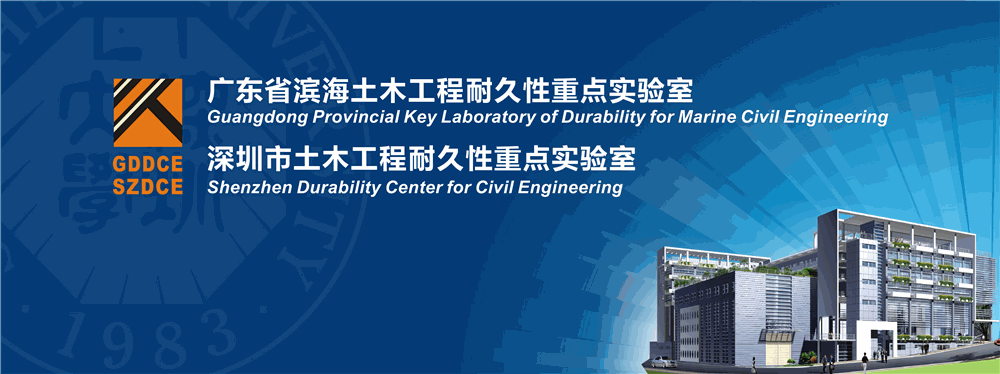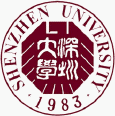Keywords
Alkali-Silica Reaction (ASR), ionizing radiation, high density aggregate
Abstract
In the present study, the potential for the alkali–silica reaction (ASR) in radiation shielding concrete containing special aggregates is presented. The tests were performed on two kinds of aggregate: (1) high-density aggregate to absorb the gamma radiation (barite, magnetite, and hematite) and (2) mineral with high bound water content to attenuate the neutron flux (serpentinite). The optical microscopy in transparent light on thin sections, XRD and XRF method, was used to assess the mineral composition of aggregates. ASTM C1260 test method for potential alkali reactivity of aggregates was applied also to investigate the effect of different content and crystal size of silica on the expansion due to ASR. The tests revealed that all tested aggregates, such as barite, magnetite, hematite, and serpentinite, were characterized by low solubility at high pH. The XRD and XRF results have shown presence of silica in all tested aggregates, but the microscopic observations enhanced size and composition of SiO2 crystals. The aggregates were not deleterious themselves, but the different content and size of SiO2 crystals in the aggregate influenced their potential for alkali–silica reaction. The quartz in heavy kinds of rocks and in the serpentinite used for radiation shielding was just as much potentially susceptible to deleterious ASR as quartz in common rocks used in concrete technology. In the hematite, silica crystals were classified as microcrystalline, so it should be considered as potentially reactive. The expansion tests confirmed that hematite was highly reactive. Other aggregates after 14 days of testing did not exceed 0.1% elongation limit. The microstructural analysis of thin sections prepared from mortars after ASTM C1260 test confirmed expansion of aggregate grains due to ASR.
DOI
10.5703/1288284316137
Included in
Potential for Alkali–Silica Reaction in Radiation Shielding Concrete Containing Special Aggregates
In the present study, the potential for the alkali–silica reaction (ASR) in radiation shielding concrete containing special aggregates is presented. The tests were performed on two kinds of aggregate: (1) high-density aggregate to absorb the gamma radiation (barite, magnetite, and hematite) and (2) mineral with high bound water content to attenuate the neutron flux (serpentinite). The optical microscopy in transparent light on thin sections, XRD and XRF method, was used to assess the mineral composition of aggregates. ASTM C1260 test method for potential alkali reactivity of aggregates was applied also to investigate the effect of different content and crystal size of silica on the expansion due to ASR. The tests revealed that all tested aggregates, such as barite, magnetite, hematite, and serpentinite, were characterized by low solubility at high pH. The XRD and XRF results have shown presence of silica in all tested aggregates, but the microscopic observations enhanced size and composition of SiO2 crystals. The aggregates were not deleterious themselves, but the different content and size of SiO2 crystals in the aggregate influenced their potential for alkali–silica reaction. The quartz in heavy kinds of rocks and in the serpentinite used for radiation shielding was just as much potentially susceptible to deleterious ASR as quartz in common rocks used in concrete technology. In the hematite, silica crystals were classified as microcrystalline, so it should be considered as potentially reactive. The expansion tests confirmed that hematite was highly reactive. Other aggregates after 14 days of testing did not exceed 0.1% elongation limit. The microstructural analysis of thin sections prepared from mortars after ASTM C1260 test confirmed expansion of aggregate grains due to ASR.





